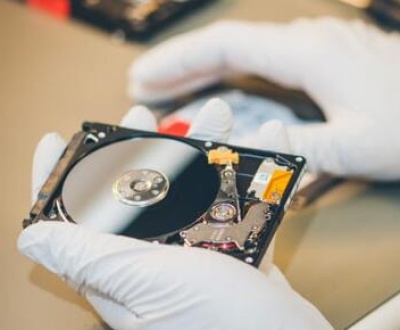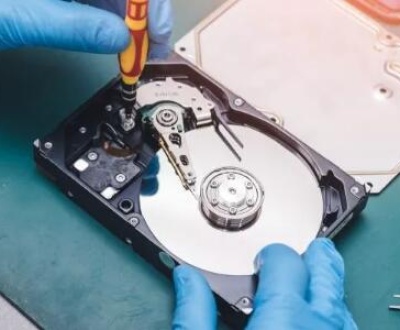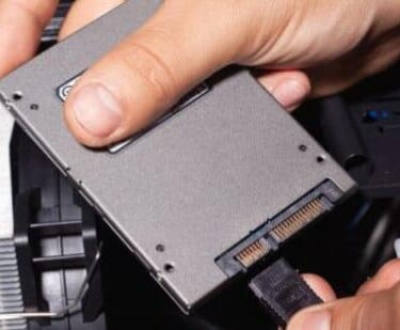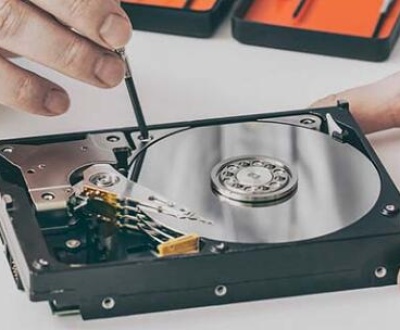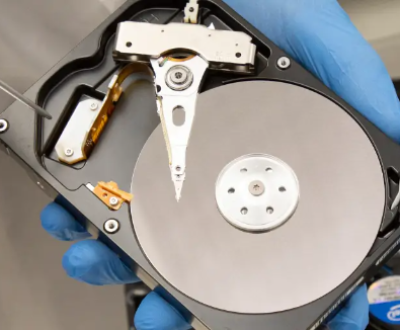Recovering deleted videos from an SD card can be a complex but often possible task.
I. Basics of Data Deletion on SD Cards
How data is stored on an SD card
SD cards use a file system (such as FAT32. exFAT, or NTFS) to manage and store data. When a video is saved to the card, it is divided into clusters or sectors on the physical storage medium. The file system keeps track of the location and metadata (like file name, size, and creation date) of each file.
For example, a 1 – gigabyte SD card might have thousands of these sectors, and a video file could span multiple sectors depending on its size.
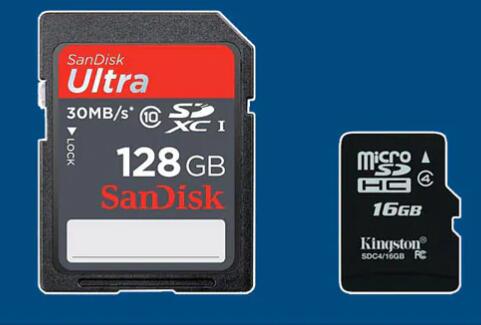
What happens when a video is deleted
When you delete a video from an SD card, the file system usually doesn’t immediately erase the actual data from the storage medium. Instead, it marks the space occupied by the file as available for new data to be written. This means that until new data overwrites the sectors where the video was stored, there’s a good chance of recovering the deleted video.
For instance, if you delete a 10 – megabyte video file, the file system simply updates its internal tables to indicate that the sectors where the video was located are now free. The video’s data still remains on the card until it is overwritten.
II. Steps to Recover Deleted Videos from an SD Card
Stop using the SD card immediately
As soon as you realize that you’ve deleted important videos and want to recover them, it’s crucial to stop using the SD card. Any new data written to the card can overwrite the sectors where the deleted videos are stored.
For example, if you continue to take new photos or videos on the same SD card, the camera or device may use the available space that previously held the deleted videos, making recovery more difficult or even impossible.
Use data recovery software
Panda Assistant is a data recovery software designed to help users recover lost or deleted files from a variety of devices, including hard drives, SSDs, USB drives, memory cards, and more. Whether files were lost due to accidental deletion, formatting, system crashes, or other unforeseen issues, Panda Assistant provides an effective and easy-to-use solution for recovering important data.
Key Features of Panda Assistant:
User-Friendly Interface: One of the standout features of Panda Assistant is its intuitive interface. Whether you’re a tech novice or an experienced user, the software is designed to be accessible to everyone. The streamlined design ensures that you can start the recovery process with just a few clicks, guiding you through each step with ease.
Wide Device Compatibility: Panda Assistant supports a wide range of storage devices, making it versatile in different recovery scenarios. It can recover files from internal and external hard drives, USB flash drives, SD cards, and even damaged or corrupted devices. This flexibility ensures that no matter where your lost data is located, Panda Assistant can likely help retrieve it.
File Preview and Selection: Before completing the recovery, Panda Assistant allows users to preview the files it detects. This feature is incredibly helpful for ensuring that you’re recovering the right files. You can browse through file types such as documents, images, videos, and audio files, making it easier to select the specific ones you need.
Deep Scan for Advanced Recovery: In cases where the standard scan doesn’t yield the desired results, Panda Assistant offers a “Deep Scan” feature. This function performs a more thorough search of the storage device, potentially uncovering hidden or deeply buried files that might have been overlooked in a regular scan.
Safe and Secure Recovery: The software ensures that the recovery process is safe, preventing further data loss or damage. Panda Assistant uses read-only technology, meaning that it doesn’t overwrite any existing data on the device, ensuring that your files are recovered without the risk of further corruption.
Supports Various File Systems: Panda Assistant supports a variety of file systems including NTFS, FAT32. exFAT, and HFS+, making it compatible with both Windows and Mac systems. This flexibility allows users across different platforms to benefit from its data recovery capabilities.
Recovery of Lost or Formatted Files: One of the more powerful features of Panda Assistant is its ability to recover files from formatted drives or partitions. If you’ve accidentally formatted a storage device or drive, this software can scan and recover your data, even when the device appears empty or inaccessible.
III. Precautions and Considerations
Overwriting risks
As mentioned earlier, the biggest threat to successful video recovery is overwriting. Even seemingly harmless operations like formatting the SD card can make recovery more difficult. When you format an SD card, the file system is rebuilt, and the chances of the original video data being overwritten increase.
However, in some cases, even after formatting, data recovery may still be possible, especially if the formatting was a quick format and the actual data on the sectors wasn’t immediately erased.
File system damage
The file system on the SD card can become damaged due to various reasons such as improper ejection of the card, power outages while the card is in use, or physical damage to the card.
If the file system is damaged, data recovery software may have a harder time finding and recovering the deleted videos. In some cases, you may need to first repair the file system using tools like chkdsk (on Windows) or Disk Utility’s First Aid (on Mac) before attempting to recover the videos.
Quality of data recovery software
Not all data recovery software is created equal. Some free versions may have limitations in terms of the types of files they can recover, the speed of recovery, or the amount of data they can handle.
Paid software often offers better support, more advanced features like the ability to recover data from severely damaged file systems, and a higher success rate in recovering complex file types like videos with specific codecs.
Legal and ethical considerations
It’s important to note that recovering data from an SD card that you don’t own or have the right to access may be illegal. For example, if you find an SD card and try to recover data from it without the owner’s permission, you could be violating privacy laws.
Additionally, in a corporate or work environment, there may be strict policies regarding data recovery and access to stored data on SD cards used for business purposes.
IV. Advanced Techniques for Video Recovery (if basic methods fail)
Using professional data recovery services
If the data recovery software you’ve tried doesn’t work or if the SD card is severely damaged, you can consider using a professional data recovery service. These services have specialized equipment and expertise to handle complex data recovery situations.
They can work with physically damaged SD cards, cards with corrupted file systems, or those that have had data overwritten to some extent. However, professional data recovery services can be expensive, and the cost may depend on the complexity of the recovery task and the amount of data you want to recover.
DIY hardware – based solutions (for advanced users)
In some cases, advanced users with technical knowledge may attempt to recover data using hardware – based solutions. For example, if the SD card’s controller is damaged, it may be possible to transplant the memory chips to a working controller board.
This is a very risky and complex procedure that requires a high level of technical skill and specialized tools. It’s not recommended for most users, as it can easily lead to permanent data loss if not done correctly.
About us and this blog
Panda Assistant is built on the latest data recovery algorithms, ensuring that no file is too damaged, too lost, or too corrupted to be recovered.
Request a free quote
We believe that data recovery shouldn’t be a daunting task. That’s why we’ve designed Panda Assistant to be as easy to use as it is powerful. With a few clicks, you can initiate a scan, preview recoverable files, and restore your data all within a matter of minutes.
Subscribe to our newsletter!
More from our blog
See all postsRecent Posts
- Data recovery san francisco service 2025-05-23
- Data recovery san jose cost 2025-05-23
- Data recovery in san diego 2025-05-23

 Try lt Free
Try lt Free Recovery success rate of up to
Recovery success rate of up to

